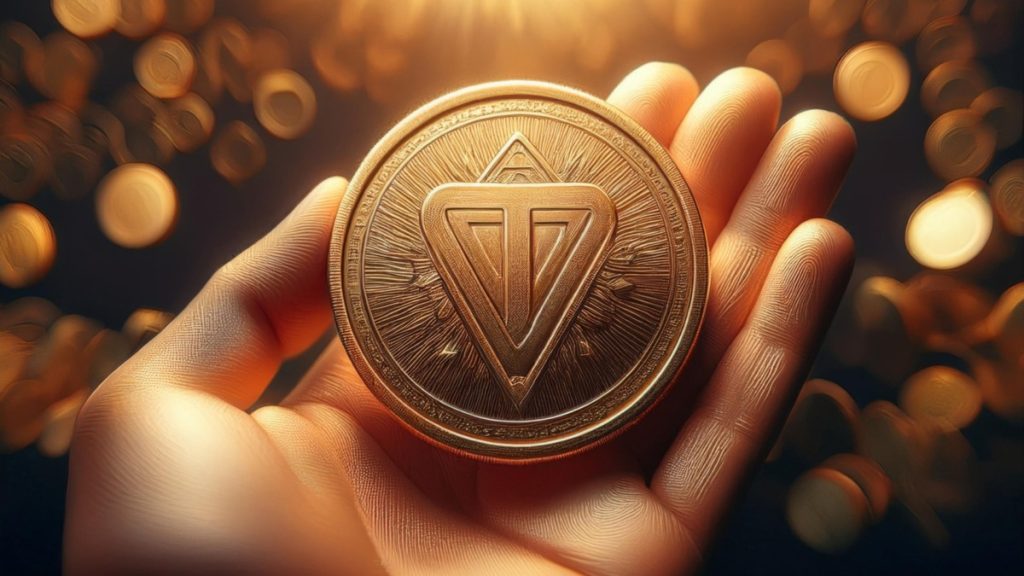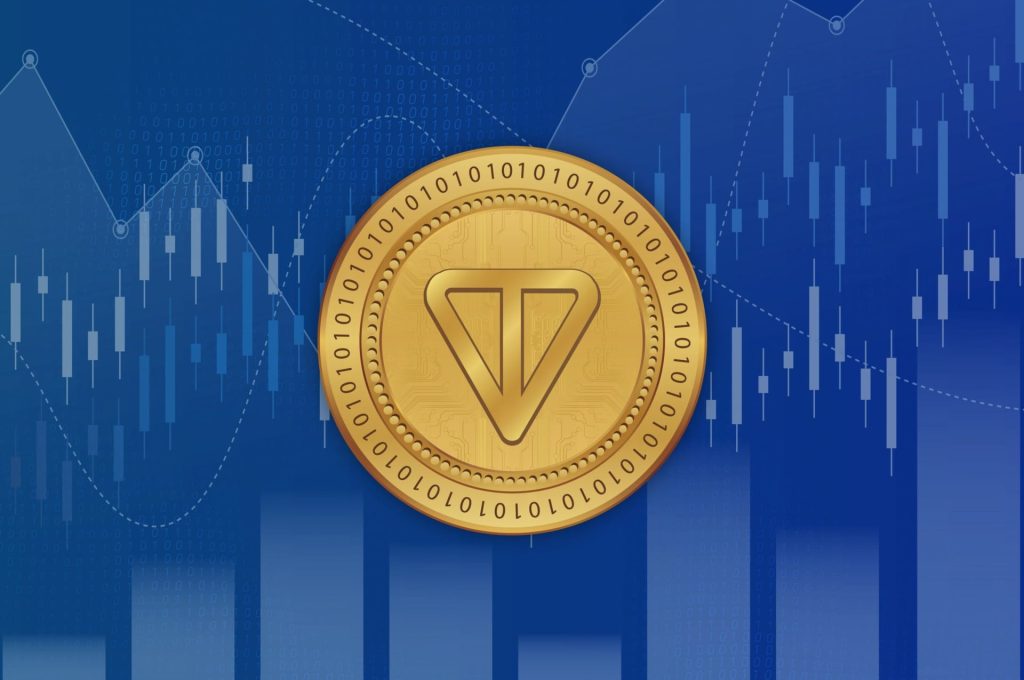The Crypto World & its secrets.
What is Crypto Mining?
Crypto mining is the process of using specialized hardware—mining rigs—to add new blocks to a blockchain and verify transactions. This process is mainly based on the blockchain consensus mechanism called Proof of Work (PoW).
How Does Mining Work?
- Data Collection
Miners gather the transaction data that will be included in the new block. - Computational Problems
Mining hardware attempts to solve complex mathematical problems (finding a correct hash for the block). This requires very fast and repeated computations. - Consensus and Confirmation
The first miner to find the correct solution earns the right to add the new block to the blockchain. - Reward
For adding the new block, the miner receives newly created cryptocurrency (e.g., Bitcoin) plus transaction fees included in the block.
Mining Hardware
- ASIC (Application-Specific Integrated Circuit)
Very powerful devices designed for a specific algorithm (e.g., SHA-256 for Bitcoin).
Example: Bitmain Antminer series. - GPU (Graphics Processing Unit)
Multi-purpose powerful cards used to mine various cryptocurrencies, especially those using more complex algorithms (e.g., Ethereum before Ethereum 2.0). - CPU (Central Processing Unit)
Used in the early days, but now almost obsolete for mining.
Challenges and Risks of Mining
- High Energy Consumption
PoW mining requires a lot of electricity, impacting the environment and increasing costs. - High Hardware Costs
ASICs and GPUs are expensive and require constant upgrading. - Reward Halving
For example, Bitcoin halves its mining rewards approximately every four years, reducing the number of new coins awarded per block. - Mining Competition
Extremely high competition pushes smaller miners out of the market.
Algorithms and Mining
- Proof of Work (PoW)
Machines compete to solve complex puzzles, e.g., Bitcoin (SHA-256), Litecoin (Scrypt). - Proof of Stake (PoS) and Other Mechanisms
No mining involved. Instead, users stake (lock up) their coins to secure the network.
Examples: Ethereum 2.0, Solana, Cardano.
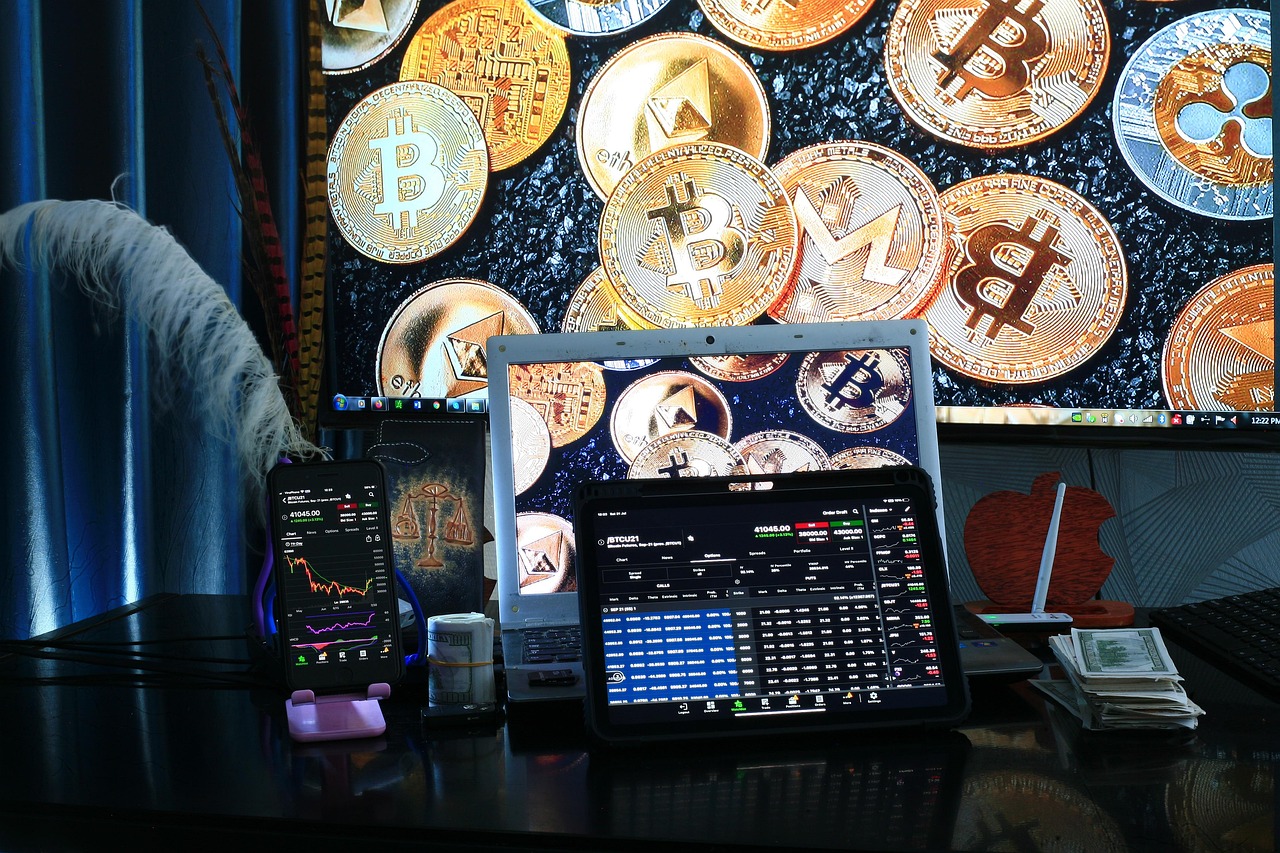
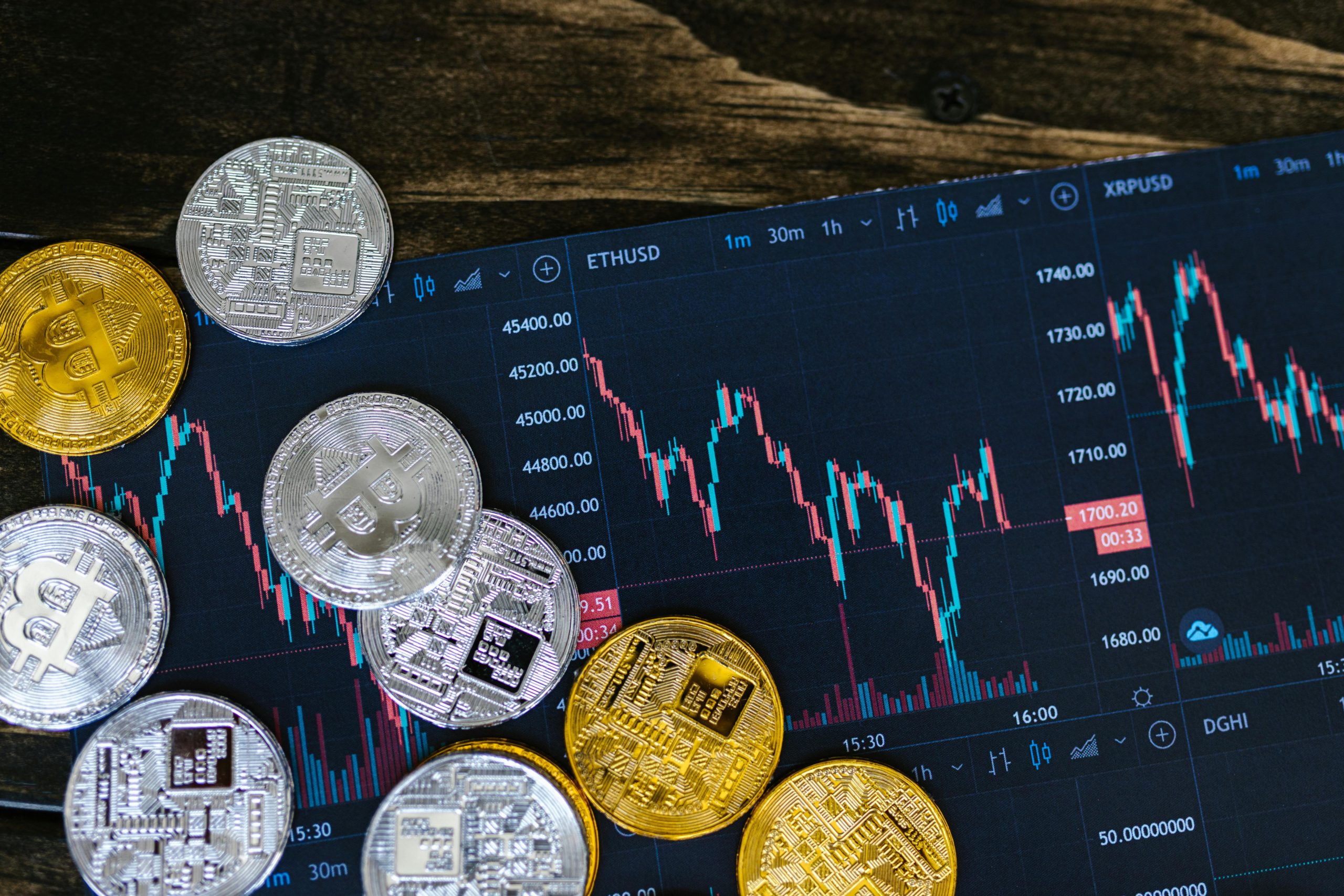

BITCOIN
Bitcoin Mining:
Bitcoin mining is the process of using computational power to validate transactions on the Bitcoin blockchain. Miners compete to solve cryptographic puzzles, and the first to solve it gets rewarded with newly minted Bitcoins.
Why Bitcoin Mining?
Decentralization: Helps secure the Bitcoin network by validating transactions.
Passive Income: Earn Bitcoin by simply running mining hardware.
Blockchain Growth: Contributes to the growth and decentralization of Bitcoin.
What are ASICs?
ASICs are specialized hardware designed specifically for Bitcoin mining. Unlike CPUs and GPUs, which are general-purpose processors, ASICs are built to perform one task—Bitcoin mining—at maximum efficiency.
Advantages of ASICs:
High Performance: ASIC miners have extremely high hash rates, making them much faster than traditional mining hardware.
Energy Efficiency: ASIC miners are more energy-efficient compared to CPUs and GPUs, making them more cost-effective.
Reliability: They are designed for continuous, 24/7 operation, which is essential for mining.
Popular Bitcoin ASIC Models (2025):
Bitmain Antminer S21 XP Hydro
Hashrate: 473 TH/s
Power Consumption: 5,676W
Cooling: Hydro (Water-cooling)
Best for: Large-scale industrial mining operations
MicroBT Whatsminer M63S Hydro
Hashrate: 390 TH/s
Power Consumption: 7,215W
Cooling: Hydro (Water-cooling)
Best for: High-throughput mining farms
Canaan Avalon A1566
Hashrate: 185 TH/s
Power Consumption: 3,681W
Cooling: Air-cooled
Best for: Budget-conscious miners
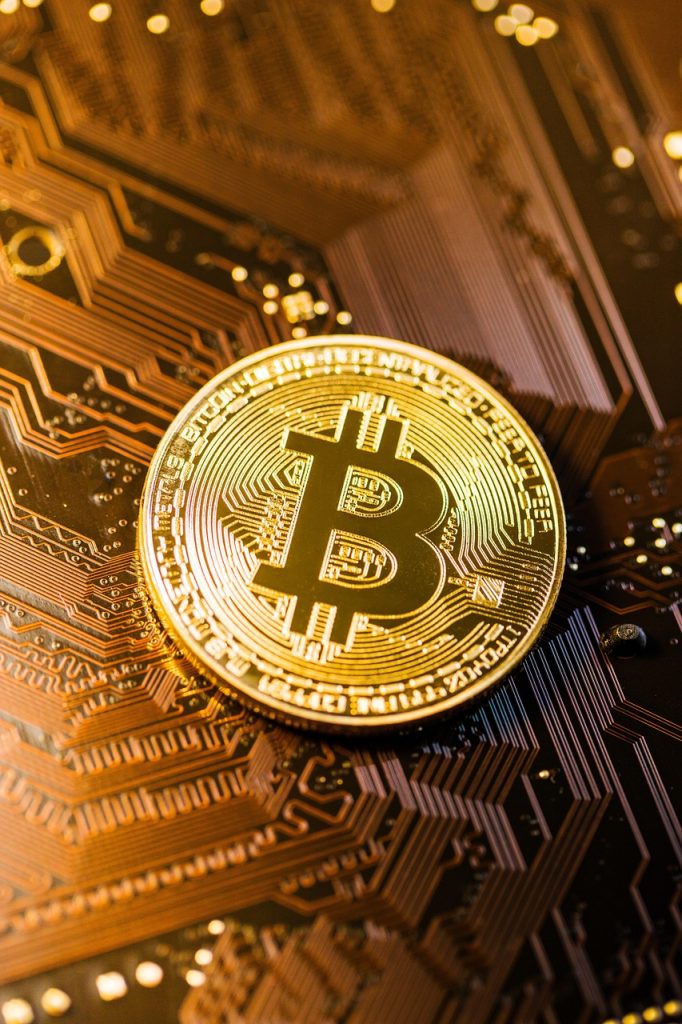
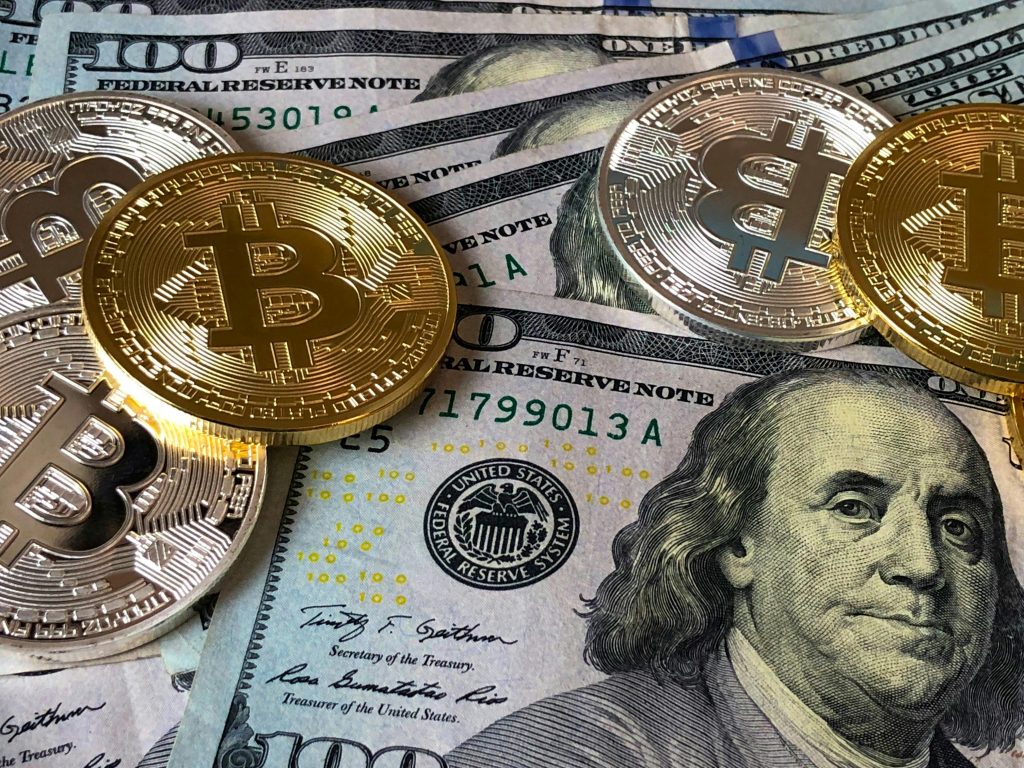

SOLANA
Solana is a high-performance blockchain platform known for its speed and scalability. It uses the “Proof of History” (PoH) mechanism, which increases efficiency and scalability, allowing thousands of transactions per second.
A machine is a general term for electronic devices that perform specific functions or process data. In the case of Solana, it can mean mining equipment or network nodes for operation.
What is Proof of History (PoH)
Proof of History (PoH) is an innovative mechanism developed by Solana Labs. It works as a cryptographic clock, ensuring a precise and tamper-proof chronological order of transactions. PoH uses a Verifiable Delay Function (VDF) to create timestamps, allowing network nodes to agree on the sequence of transactions without relying on external time sources.
Advantages of PoH:
Speed: Up to 65,000 transactions per second.
Energy Efficiency: Does not require energy-intensive mining.
Scalability: Suitable for large-scale applications and users.
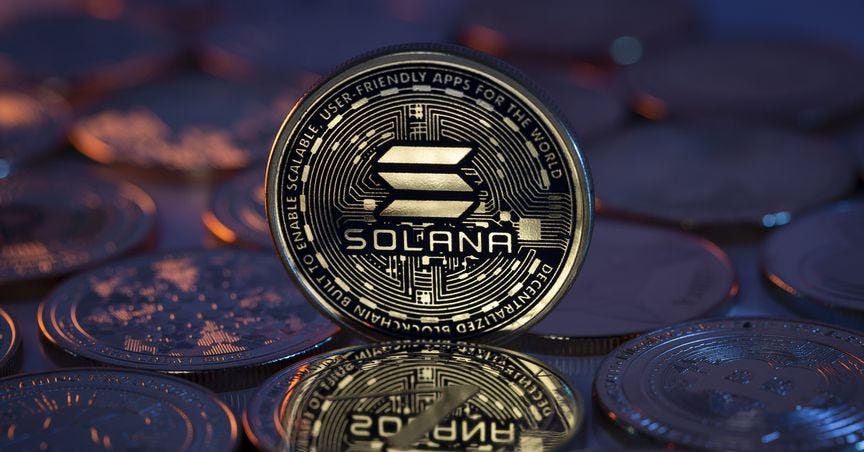


ETHEREUM
However, in September 2022, Ethereum transitioned to a proof-of-stake (PoS) system known as “The Merge.” In PoS, validators replace miners. Validators are chosen to propose new blocks and validate transactions based on the amount of ETH they have staked (locked) in the network. This change significantly reduced the network’s energy consumption by over 99% and made Ethereum more scalable
Mining Ethereum using graphics cards (GPUs) is no longer possible under the PoS model. Instead, users can become validators by staking a minimum of 32 ETH, participating in securing the network and earning staking rewards
Ethereum is a decentralized, open-source blockchain platform that supports smart contracts and decentralized applications (DApps). Its native cryptocurrency is Ether (ETH). Initially, Ethereum used a proof-of-work (PoW) consensus mechanism, where miners solved complex mathematical puzzles to validate transactions and secure the network, earning ETH as a reward
FK CASHER
FK CASHER
Once connected to electricity and internet, FK Casher works fully autonomously — no additional setup or technical expertise required. With FK Casher, earning consistent digital income becomes a reality for anyone, regardless of background.
A Smart Alternative in a Noisy Market
Amid countless risky or overcomplicated digital income tools, FK Casher offers a radically simpler and more secure solution.
Unlike mining, staking, or trading, FK Casher doesn’t rely on cryptocurrency market volatility. It generates income without tokens, speculation, or technical complexity. With FK Casher, you get predictable returns, low maintenance, and full control.
What You Receive with FK Casher
When you purchase FK Casher, you receive far more than just a device:
🔹 A legally binding contract that guarantees ownership and usage rights
🔹 A 10-year warranty covering full technical support and service
🔹 An option to insure your FK Casher device and income
🔹 Access to a protected, long-term income stream that works silently and consistently
Every FK Casher unit is registered under your personal FK Account, allowing full transparency and control.
Stable Income, No Guesswork
FK Casher is built to deliver 30% annual income, calculated from the purchase price. That income is transferred automatically to your linked USDT wallet at the end of each quarter.
You don’t need to monitor markets or make financial decisions. FK Casher quietly does the work — offering a stable and sustainable return.
Model 1 Sold Out. Model 2 Now Available.
Our first generation, FK Casher Model 1, launched in limited quantity and is now completely sold out.
Thanks to outstanding performance and high user satisfaction, FK Casher Model 2 is now available. The new model continues everything that made the first one successful, while enhancing design, integration, and the overall user experience.
FK Casher Model 2 brings forward the same core benefit: low effort, long-term digital income generation.
Designed for Ease, Built for the Future
One of the most valued aspects of FK Casher is its simplicity. You plug it into electricity and connect to internet — that’s it. FK Casher doesn’t require complicated configuration, ongoing supervision, or special infrastructure.
It’s silent, secure, and efficient, and is supported by a dedicated service center ready to assist when needed.
Real Protection for Real Income
FK Casher is the only Web3 device of its kind to receive collaboration from Oman Re, one of the world’s most respected reinsurance firms.
While even billion-dollar crypto projects struggle to secure insurance guarantees, FK Casher has earned the trust of global financial institutions — proof of its reliability and structural soundness.
This means your FK Casher investment can be insured, with coverage ensuring payout in the rare case of system failure or payout disruption.
A Global Income Solution
FK Casher’s income is paid in USDT, which is globally recognized, stable, and easy to convert or withdraw. Whether you live in Europe, Asia, or elsewhere, you can access your earnings from FK Casher using P2P platforms or crypto ATMs — anytime, anywhere

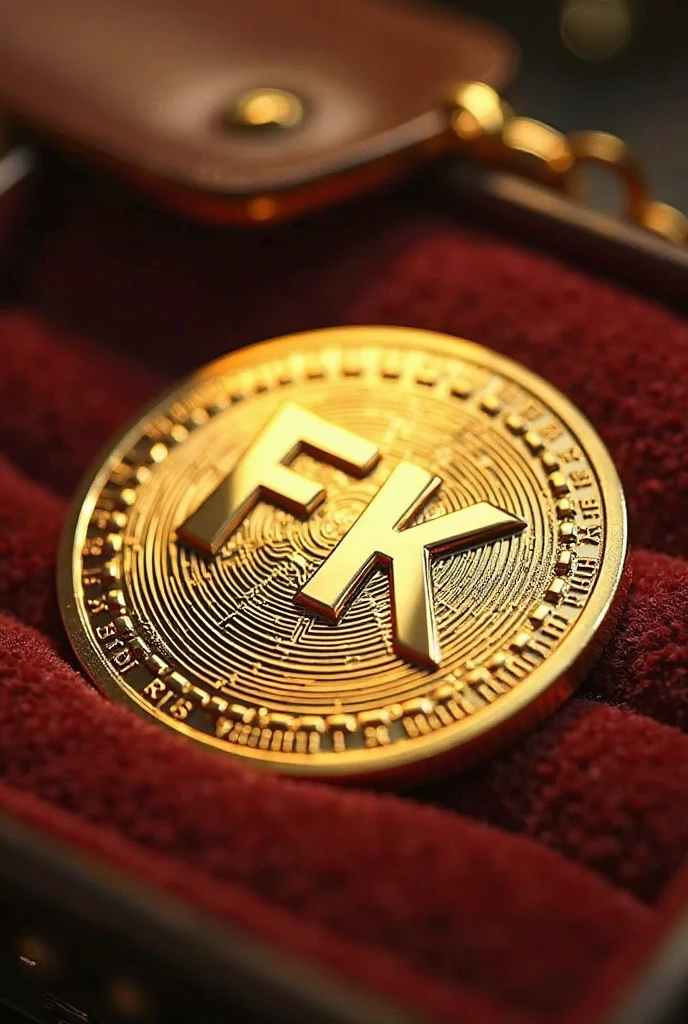
TRON
- TRON is a decentralized blockchain platform focused on content distribution, smart contracts, and DeFi.
- Founded by Justin Sun.
- Its main goal is to create a free, decentralized version of the internet.
- It supports thousands of decentralized applications and handles high-speed, low-cost transactions.
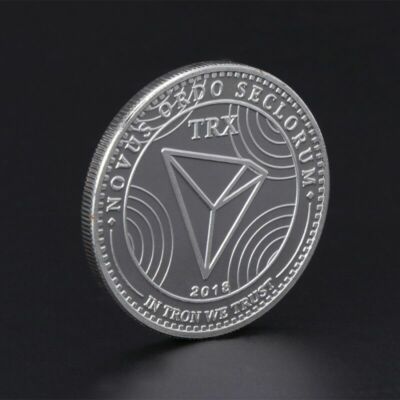
What is TRX used for?
Transaction fees on the TRON network (very low cost)
Staking and voting to participate in governance and elect Super Representatives
Payments in DeFi, dApps, NFTs, games, and social apps on TRON
Fast and cheap stablecoin transfers, especially USDT on the TRC-20 standard
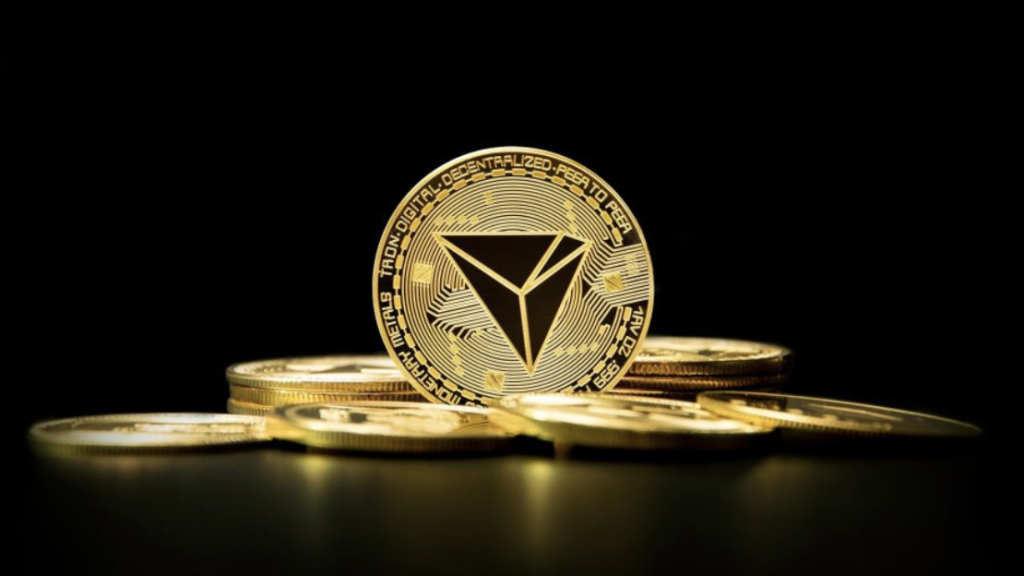
Where to store TRX?
TronLink Wallet – official extension and mobile app
Trust Wallet, Atomic Wallet
Ledger Nano – hardware wallet for maximum security
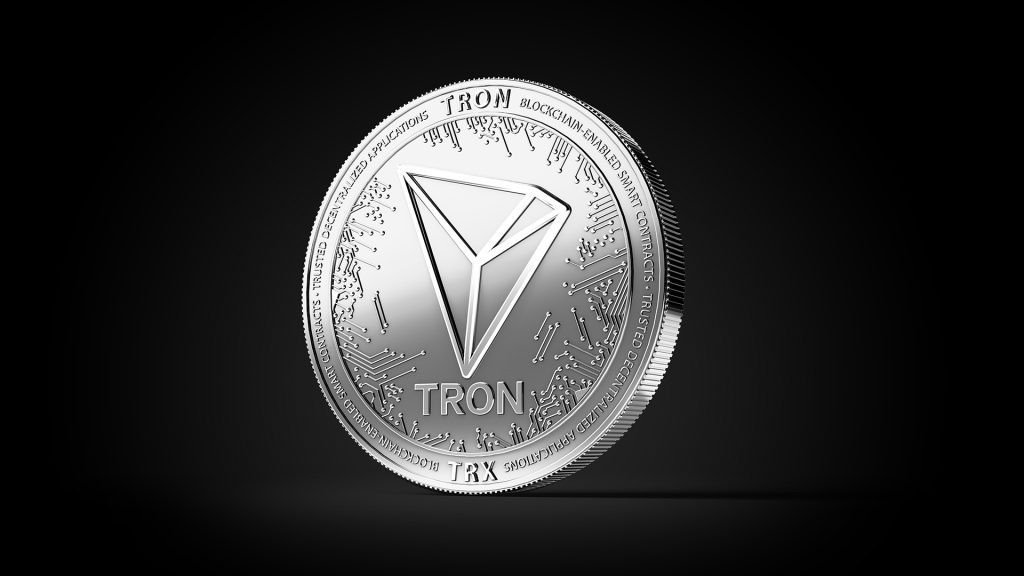
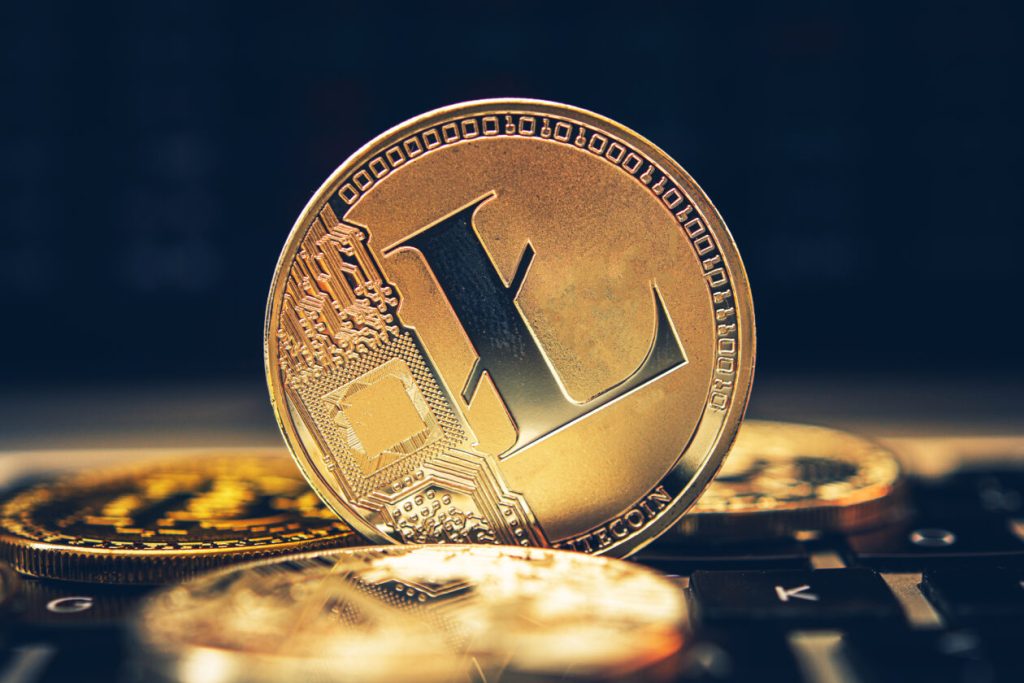
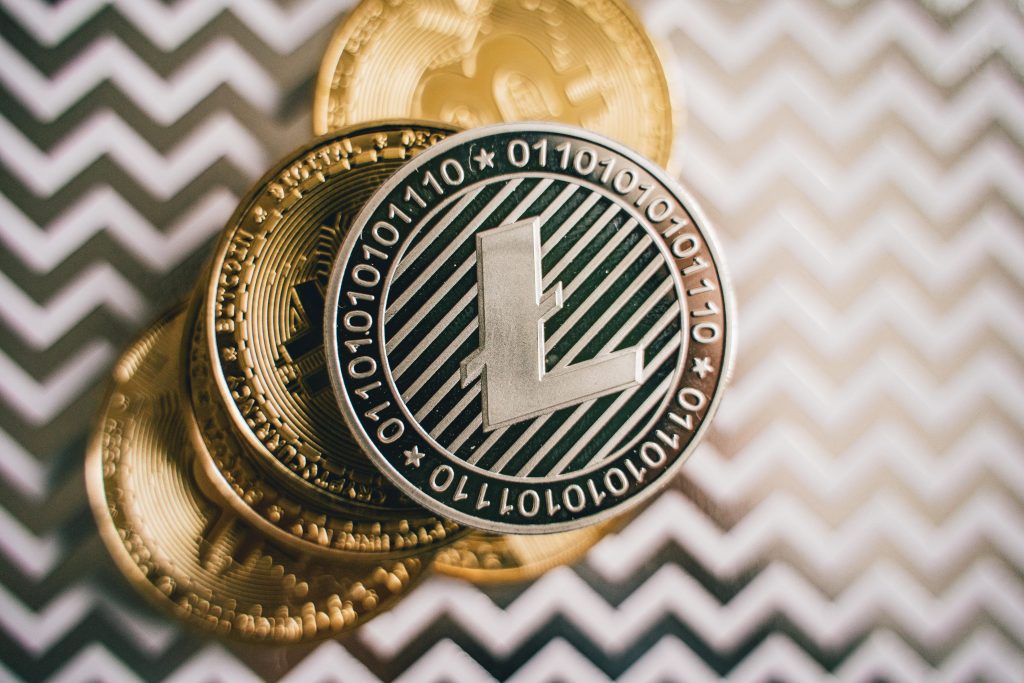
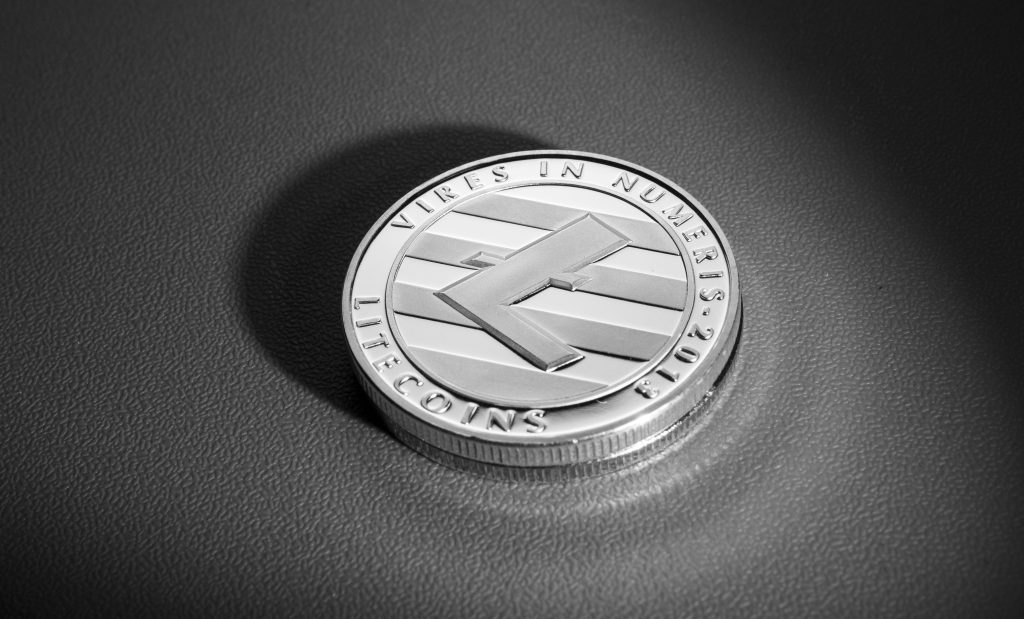
LITECOIN
Litecoin (LTC) is a cryptocurrency created in 2011 as a lightweight and fast alternative to Bitcoin. It is based on open-source blockchain technology and uses the Proof of Work (PoW) consensus mechanism with the Scrypt algorithm.
Main Features of Litecoin (LTC)
- Speed: Transaction confirmation takes an average of 2.5 minutes, compared to Bitcoin’s 10 minutes.
- Supply: The maximum supply is capped at 84 million LTC.
- Algorithm: Uses Scrypt Proof of Work (PoW), which is more accessible for mining with GPUs (Graphics Processing Units).
Litecoin Mining Machines (ASIC)
Litecoin mining is commonly done using ASIC (Application-Specific Integrated Circuit) devices specifically designed for the Scrypt algorithm.
Popular ASIC Devices for Litecoin Mining:
- Bitmain Antminer L7: 9.5 GH/s hash rate, 3425W power consumption.
- Goldshell LT6: 3.35 GH/s hash rate, 3200W power consumption.
- Innosilicon A6+ LTC Master: 2.2 GH/s hash rate, 2100W power consumption.
How to Start Litecoin Mining
- Choose Mining Hardware (ASIC).
- Download and configure mining software (e.g., CGMiner or EasyMiner).
- Join a mining pool for more stable income.
- Set up a Litecoin wallet to receive rewards.
TON
Toncoin (TON) is the native cryptocurrency of The Open Network (TON) blockchain, originally developed by Telegram founders Pavel and Nikolai Durov. Although Telegram stopped its involvement in 2020 due to regulatory issues with the U.S. SEC, TON’s development continued independently by the community and is now actively integrated with the Telegram platform.
Key Features
Blockchain type: Layer-1, Proof-of-Stake (PoS) consensus.
Algorithm: Multi-layer sharding for high scalability and speed.
Transaction speed: Capable of processing millions of transactions per second.
Telegram integration: Through the @wallet bot and TON Space, users can send, receive, and store cryptocurrencies directly in Telegram.
Use Cases of Toncoin
Transaction fees: Used for transactions and smart contracts on the TON network.
Staking and network security: Users can stake Toncoin to secure the network and earn rewards.
Decentralized Finance (DeFi): Used in DeFi apps built on TON, like STON.fi.
NFTs and games: Used on NFT marketplaces and games built on TON.
Payments and donations: Ability to make payments and receive donations via Toncoin in Telegram.
Ecosystem and Tools
Tonkeeper: A non-custodial wallet for managing Toncoin and Jetton tokens.
TON DNS: Domain registration on the TON network.
TON Storage: Decentralized file storage.
TON Proxy: Anonymous and secure network connection.
STON.fi: Decentralized exchange platform with AMM model.
USDT
What is USDT (Tether)?
USDT is one of the most well-known stablecoins, pegged to the value of the U.S. dollar:
1 USDT ≈ 1 USD. It was created to allow users to transact in crypto without exposure to high market volatility.
Founded in 2014
Created by Tether Ltd., a company affiliated with the Bitfinex exchange
Over $90 billion USDT are in circulation (as of 2025)
What Is USDT Used For?
1. Trading
Used as a base pair on most exchanges: BTC/USDT, ETH/USDT, etc.
Helps traders exit or secure profits without converting to fiat
2. Payments & Transfers
Enables fast, low-fee international transfers without banks
Most transfers use TRON (TRC-20) or BSC (BEP-20) due to low costs
3. Deposits & Loans
Used in DeFi platforms for earning interest or borrowing funds
4. Store of Value
Many users hold USDT to protect value during market dips
Available Blockchains
USDT is issued on multiple networks:
| Network | Symbol | Key Feature |
|---|---|---|
| TRC-20 (TRON) | TRC-20 | Low fees, fast transactions |
| ERC-20 (Ethereum) | ERC-20 | High security, broad DeFi support |
| BEP-20 (BNB Chain) | BEP-20 | Cheaper & faster than Ethereum |
| Others | Solana, Polygon, Avalanche, etc. | Various speed & cost options |
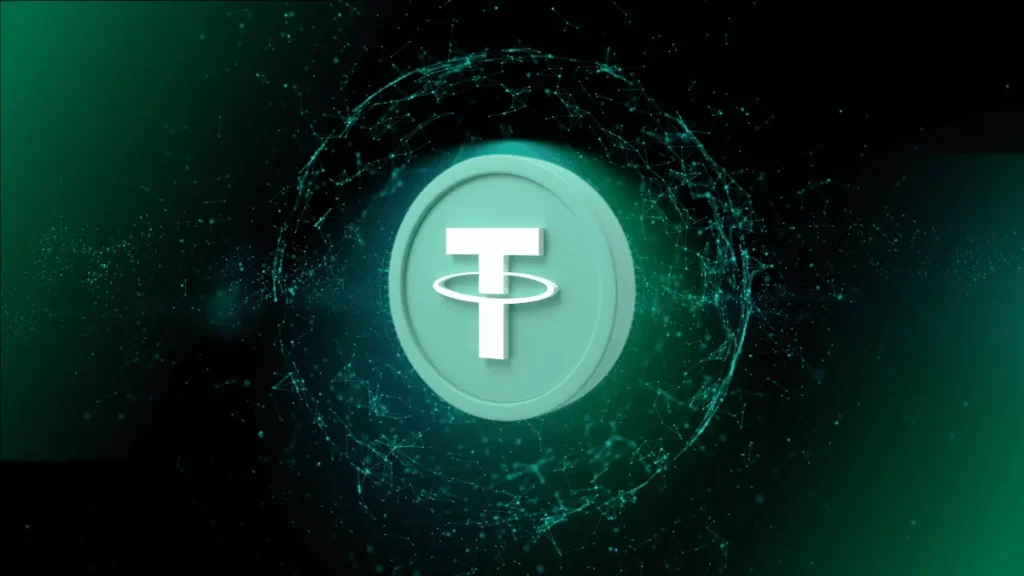
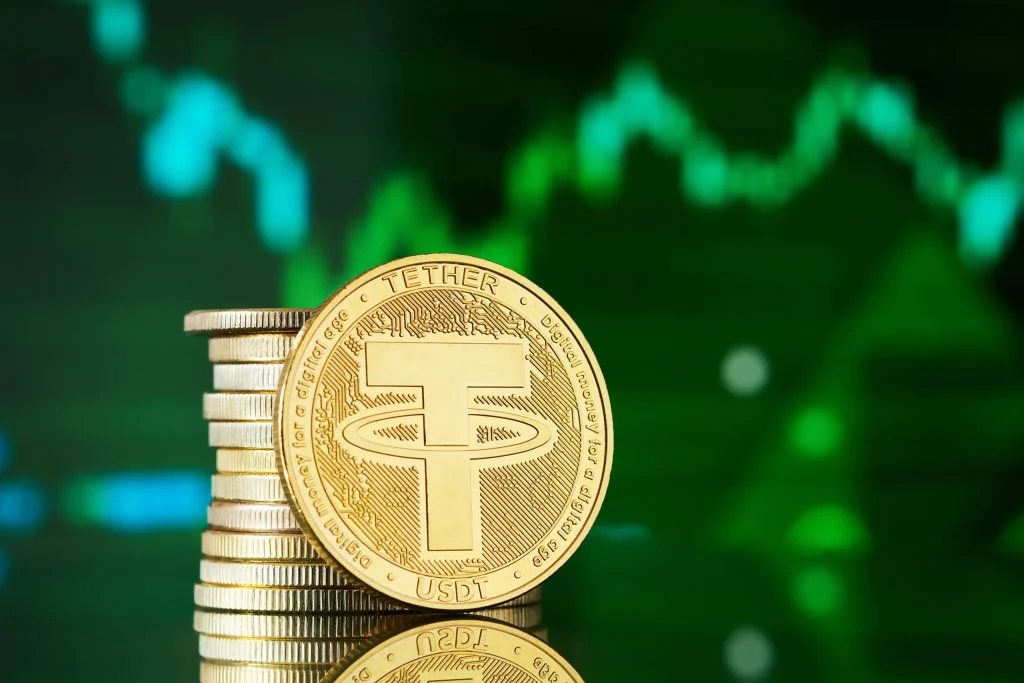
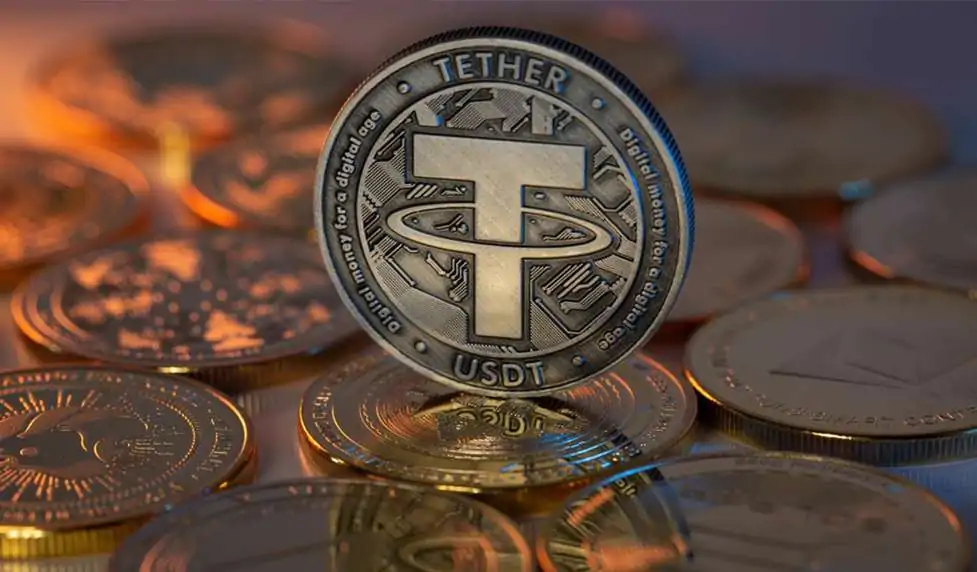

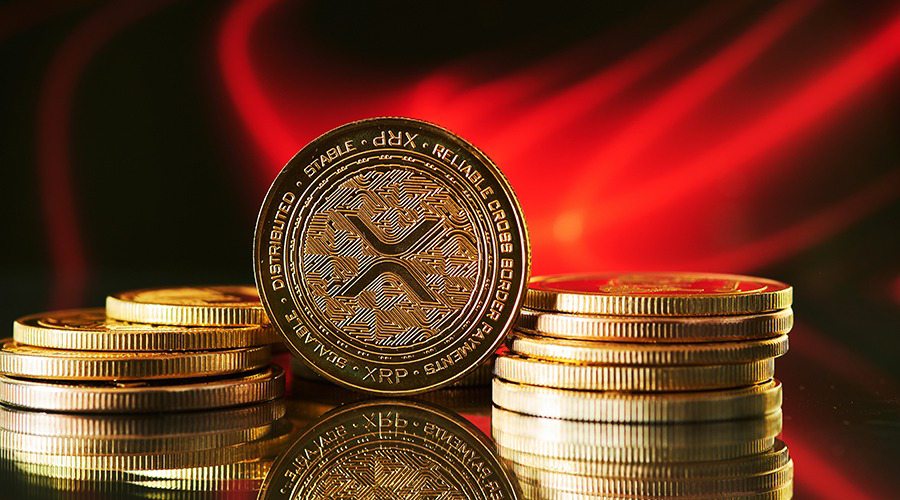
XRP
XRP is a cryptocurrency created by Ripple Labs with the goal of enabling fast and low-cost international money transfers.
Key Features of XRP
Algorithm: Ripple Protocol Consensus Algorithm (RPCA) — neither Proof of Work (PoW) nor Proof of Stake (PoS).
Transaction Speed: Typically 3-5 seconds.
Fees: Very low, just a few cents per transaction.
Maximum Supply: 100 billion XRP, about 50% of which is held by Ripple Labs.
XRP Mining Machines
XRP is not mined. All tokens were pre-created, and no new XRP is issued through mining or algorithms.
How XRP Works
The XRP network uses a unique consensus mechanism where validator nodes vote to confirm transactions, which speeds up processing and reduces energy consumption.
BNB
BNB (Binance Coin) is a cryptocurrency created by the Binance exchange, primarily used within the Binance ecosystem.
Key Features of BNB
Blockchain: Binance Chain and Binance Smart Chain (BSC)
Consensus: Proof of Staked Authority (PoSA) — a combination of PoS and PoA mechanisms
Use Cases:
Pay transaction fees on Binance with discounts
Power dApps and smart contracts built on BSC
Used in DeFi, NFTs, and other applications within the Binance ecosystem
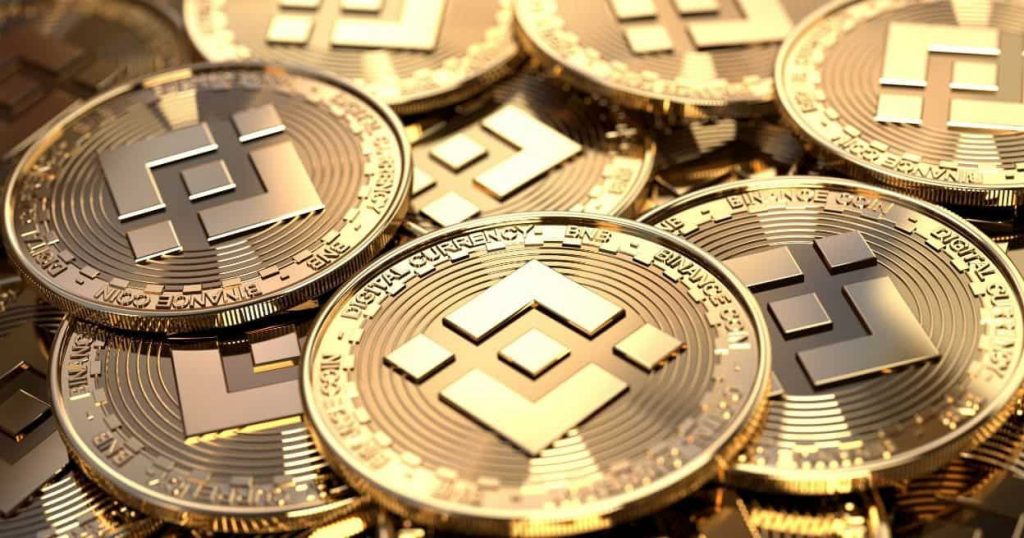
POLKADOT
Polkadot is a decentralized blockchain platform designed to solve the problems of interoperability and scalability between blockchains.
It allows multiple blockchains (called parachains) to work together in a secure, fast, and efficient way.
Polkadot consists of several key components:
Relay Chain
The main network that connects all parachains
Responsible for network security and consensus
Parachains
Independent blockchains connected to the Relay Chain
Each parachain can have its own rules, tokens, and logic
Bridges
Allow Polkadot to connect with other blockchains (e.g., Ethereum, Bitcoin)
DOT is the native cryptocurrency of the Polkadot network
Main uses:
Staking – to secure the network and earn rewards
Governance – to vote on network upgrades and proposals
Bonding – to support the addition of new parachains
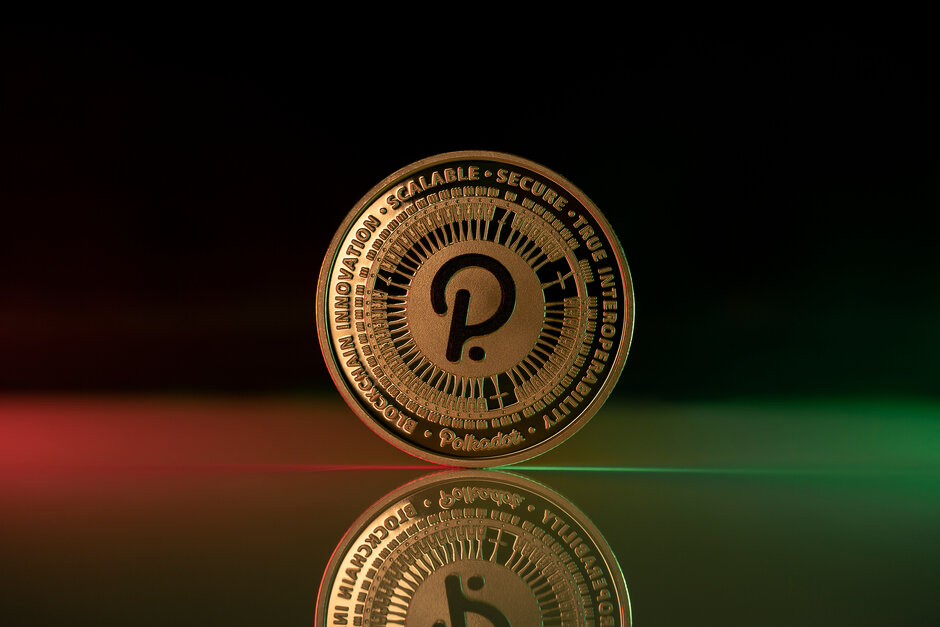
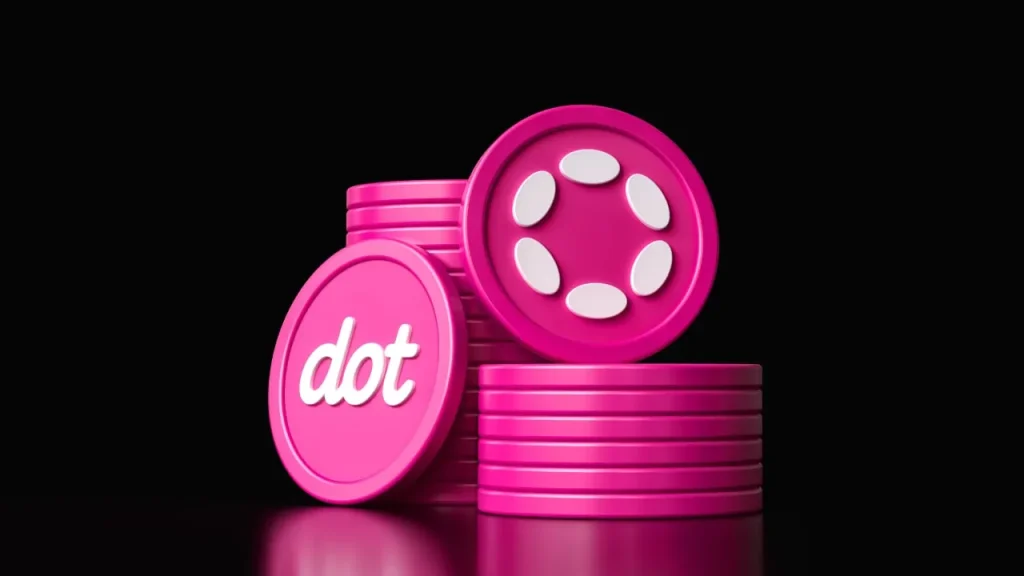
AVAX
Avalanche is a decentralized blockchain platform designed to provide fast, scalable, and eco-friendly smart contracts and dApps.
Launched by Ava Labs in 2020
Uses the unique Snowman Consensus Protocol for high speed and low transaction fees
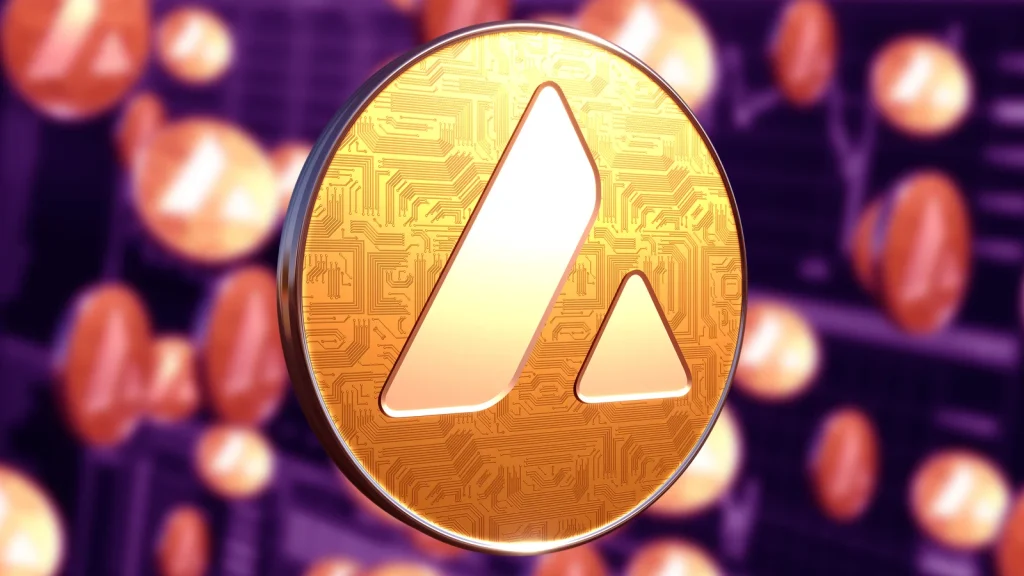
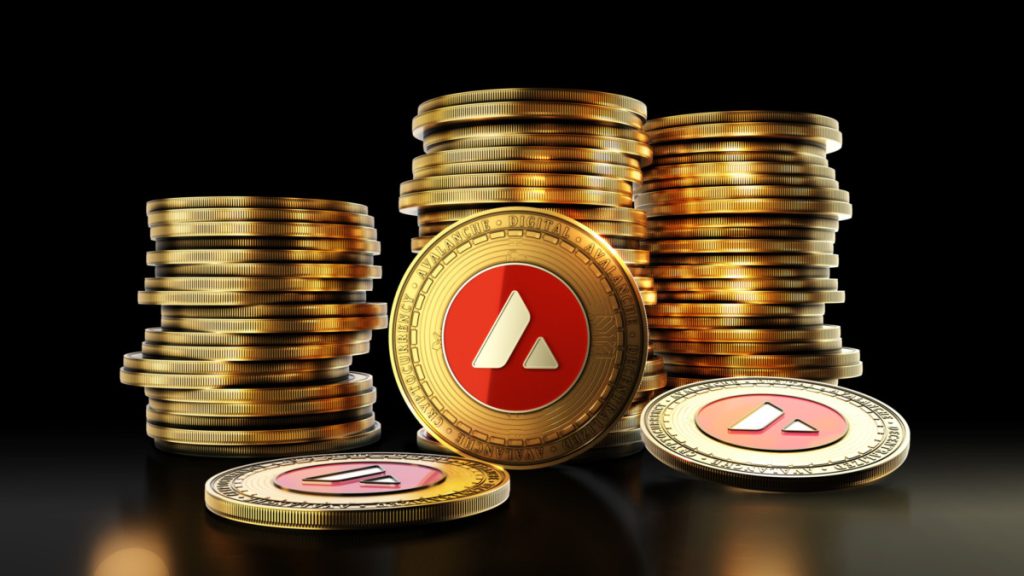
What is AVAX used for?
Transaction fees on the Avalanche network
Staking to help secure the network and earn rewards
Governance to vote on network decisions
Payments in DeFi, NFT, and GameFi apps built on Avalanche
and dApps.
Launched by Ava Labs in 2020
Uses the unique Snowman Consensus Protocol for high speed and low transaction fees
So, what does Artificial Intelligence think about professional investments in cryptocurrencies?
BITCOIN
Bitcoin Investment Advice:
Invest a small portion if you believe in the future of digital assets.
Hold long-term, don’t panic over market fluctuations.
Use a secure wallet (cold wallet).
SOLANA
Solana Investment Advice:
Invest if you believe in fast, scalable blockchain technology.
Ideal for DeFi, NFTs, and Web3 enthusiasts.
Use a secure wallet (Phantom or Ledger).
ETHEREUM
Ethereum Investment Advice:
Invest if you believe in the future of smart contracts and Web3.
Ideal for DeFi, NFTs, DApps, and GameFi.
Use a secure wallet (MetaMask, Ledger).
FK CASHER
FK CASH Buying Advice:
Buy if you trust the team and the project’s future.
Research the team, technology, and community.
Store in a secure wallet (Ledger, Trust Wallet).
LITECOIN
Litecoin Investment Advice:
Buy if you believe in fast, reliable, and low-cost payments.
Litecoin is often used as a faster, more economical alternative to Bitcoin.
Use a secure wallet (Electrum-LTC, Ledger).
TON
TON (The Open Network) Investment Advice:
Buy if you believe in a rapidly developing, high-tech blockchain.
TON focuses on fast, scalable payments and dApps.
Use a secure wallet (TON Wallet, Ledger).
XRP
XRP Investment Advice:
Buy if you believe in fast, low-cost transfers between banks and financial institutions.
XRP is mainly used for international payments and banking solutions.
Use a secure wallet (Ledger, Toast Wallet).
BNB
BNB (Binance Coin) Investment Advice:
Buy if you believe in the future of the Binance ecosystem and BNB.
BNB is used for payments, tokenomics, and dApps on the Binance platform.
Use a secure wallet (Binance Chain Wallet, Ledger).
POLKADOT
Polkadot (DOT) Investment Advice:
Buy if you believe in Polkadot, a decentralized blockchain that connects and enables interoperability between different blockchains.
DOT is used for network governance, staking, and parachain purposes.
Use secure wallets such as Polkadot.js wallet, Ledger, or Nova Wallet.
AVAX
Avalanche (AVAX) Investment Advice:
Buy if you believe in Avalanche, a decentralized blockchain platform focused on high throughput and low latency, enabling fast and scalable smart contracts.
AVAX is used for transaction fees, staking, and governance within the Avalanche network.
Use secure wallets such as Avalanche Wallet, Ledger, or MetaMask (configured for Avalanche).
TRON
TRON (TRC) Investment Advice:
You believe in TRON’s future as a fast, low-fee blockchain
You use or plan to use USDT transfers via the TRC-20 network
You’re interested in staking or participating in network governance
You follow crypto developments in Asia (TRON is widely adopted there)
